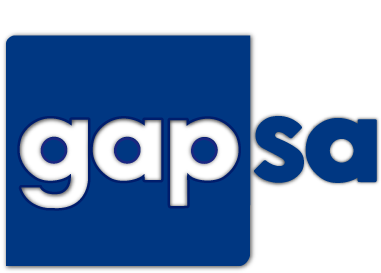ACCESS
Access to media for the hard of hearing or visually impaired individuals is beginning to be treated as a basic human right by media regulators worldwide. Assistive Technologies enable people with hearing and visual impairments to gain access to media content.
There are 3 main access services for the hearing impaired: Closed Captioning (CC), Subtitles for the Hard of Hearing (HoH), Subtitles for the deaf and Hard-of-Hearing (SDH)
For the visually impaired, an audio description (AD) is recorded and made available as a separate audio track that can be selected by the viewer.
AUDIO DESCRIPTION:
Audio description – also referred to as AD, video description or video narration – is where a narrator describes the scene in your video content for those who cannot see it. For the visually impaired, an audio description (AD) is recorded and made available as a separate audio track that can be selected by the viewer. GAPSA has a trained staff to carry out screenplays and directing voice for audio description, an accessibility tool to visually impaired people.
CLOSE CAPTION AND SDH:
With an estimated 360 million people worldwide describing themselves as either deaf or hearing impaired, you can reach a much wider audience by adding subtitles to your video content. SDH, HOH subtitling and open captions or closed captions are all variants of the same type of subtitling which is required to enable the deaf audience to fully appreciate and enjoy your material. This of subtitle format will typically include speaker identification (where necessary) and sound effects alongside the dialogue.
